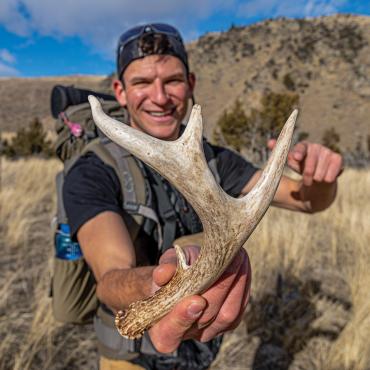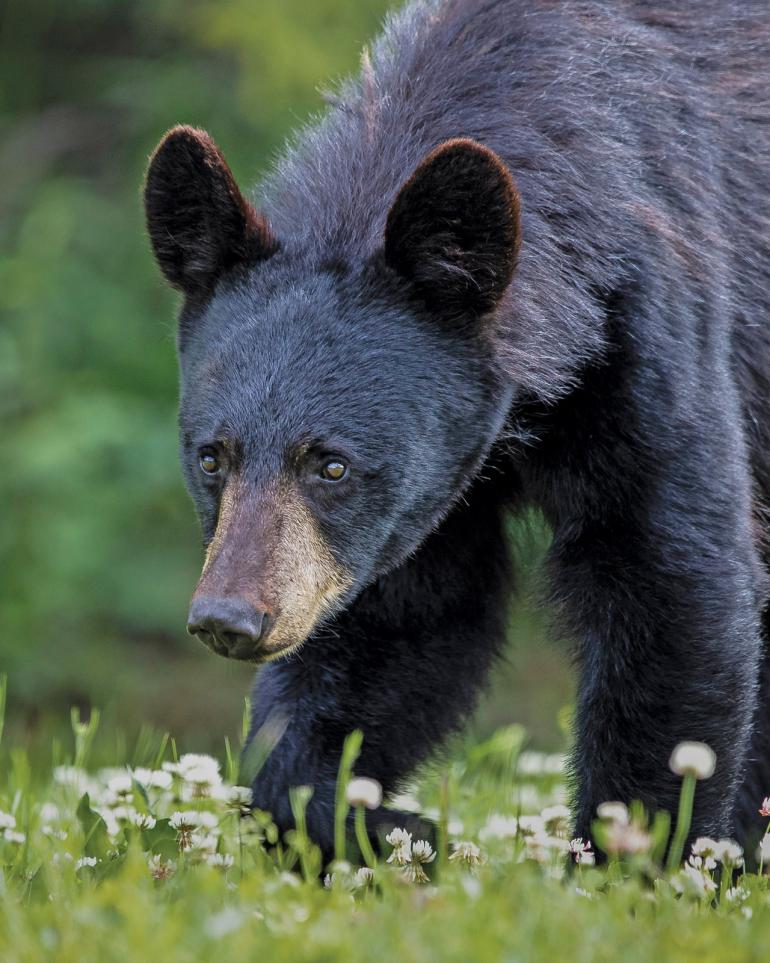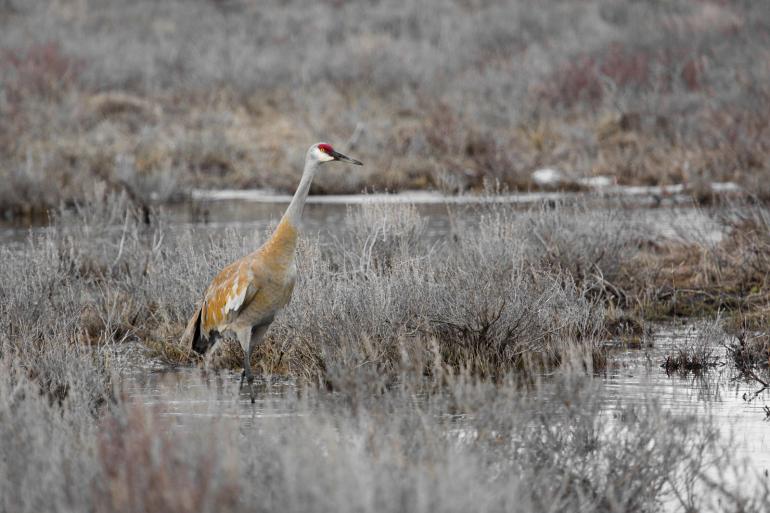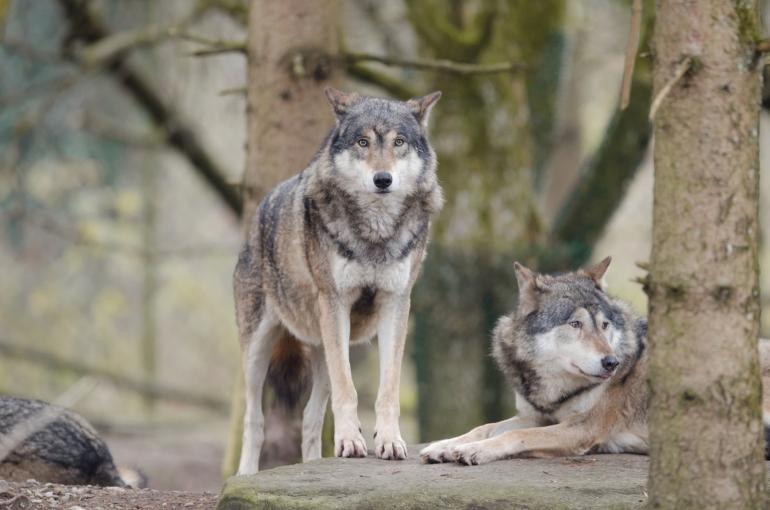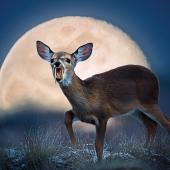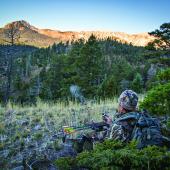Critters of the Hills
The lesser-known game species of Montana.
For all the highly sought-after game species of southwest Montana, there are nearly as many that provide ample excitement with less hunting pressure or competition. From small, furry critters to apex predators and lesser-known birds, they roam the same hills and fly the same skies—but are often overlooked. The following are a handful of the lesser known, but equally worthy species in the state.
Rabbit & Squirrels
In Montana, rabbits and squirrels can be hunted year-round, although winter is traditionally when they’re targeted. For a relaxing day in the woods, find an open lodgepole or Doug-fir forest with a fresh dusting of snow, and creep around silently listening for squirrels and following rabbit tracks. It takes a handful to make a full meal, so plan on spending at least a few hours afield. These critters are also a great way to introduce youngsters to hunting—in a low-commitment way. It takes just a few minutes to skin a rabbit, but showing kids the whole process, start to finish (including a delicious rabbit stew), can be enough to ignite a passion for hunting.
Cranes & Swans
Both sandhill cranes and swans can be targeted in Montana’s Pacific Flyway, but both require special-draw permits. Permits allow for the harvest of two cranes in most areas near Bozeman, and one swan (note that they are separate permits). Cranes are colloquially known as “ribeye of the sky” and make excellent table fare. Folks who pull swan permits typically hunt the Freezout Lake area, where huge numbers of birds congregate on their southern migration in the fall (and northern migration in the spring). Regardless of which you pursue, you’ll likely learn a lot about the biology and behavior of a species that you didn’t know much about.
Bears
Black-bear hunting is rapidly increasing in popularity, and for good reason. With a spring season from April 15 to June 15 (varies by region and unit), chasing bears is a great way to get into the woods and explore new country first thing in the spring. The animals are also surprisingly delicious, and have a higher fat content than elk or deer, making them great for stews or slow-roasting. With another season open in the fall as well, you might even be able to render the fat off a huckleberry-fed bruin for everyday cooking or baking purposes. And while you might think bears are everywhere, I can assure you they’re not. Like other big-game species, they roam specific places at specific times, and figuring out their patterns can be a huge challenge. They’re also far more erratic and unpredictable than deer or elk in terms of behavior, adding another level of difficulty. Overall, they’re well worthy of pursuit.
Wolves
General season for wolves is open September 15 through March 15, or until regional quotas are met. Check FWP regulations and quotas carefully before targeting wolves—as you should do for any other species. Many hunters purchase a tag and keep it in their pocket while elk or deer hunting, should they opportunistically stumble upon a canine. However, wolves can be specifically targeted using predator calls. Wolf hunting is contentious, but if nothing else, it’s worth knowing that wolves are a legal game species in Montana. And the more you know, the better a conservationist you can be. That holds true, really, for any of the species listed herein.
This season, search the woods for some of these lesser-sought-after critters, and you’ll likely learn a new thing or two, and become a more well-rounded hunter in the process.

